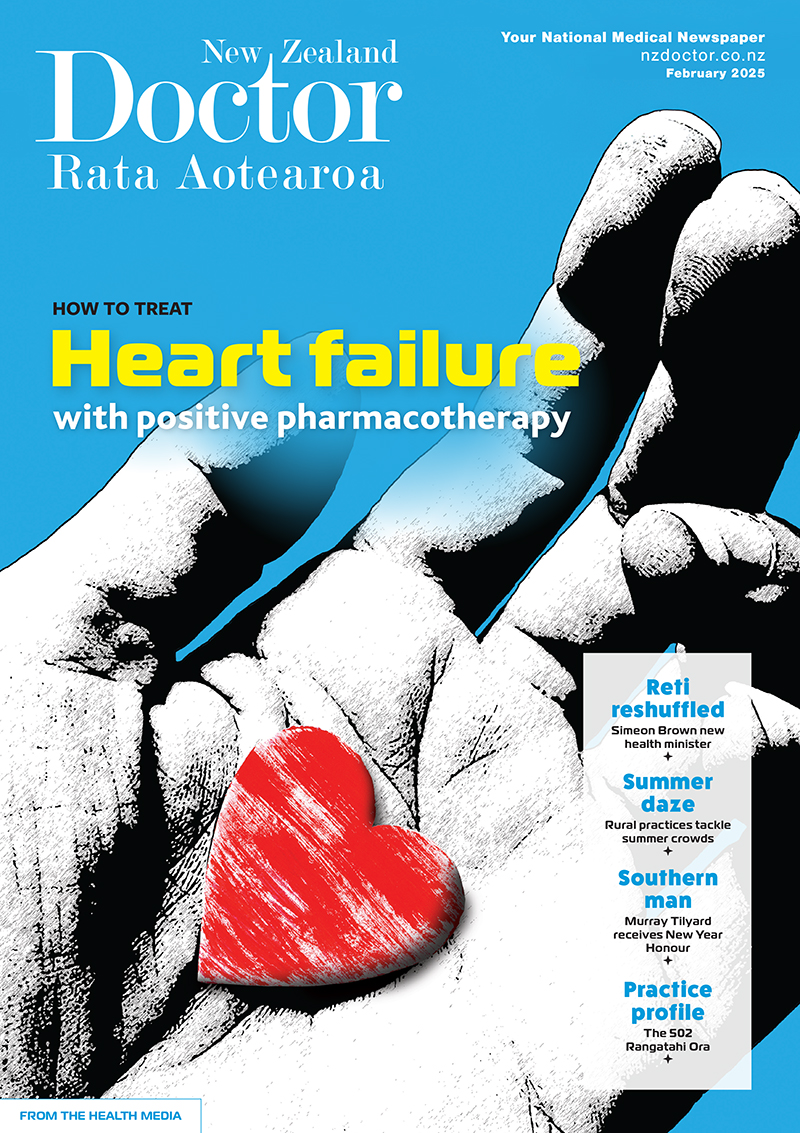Pharmacist prescribers Linda Bryant and Leanne Te Karu discuss positive polypharmacy for heart failure. Current evidence shows the intensive implementation of four medications offers the greatest benefit to most patients with heart failure, with significant reductions in cardiovascular mortality, heart failure hospitalisations and all-cause mortality
Watch out for an itchy, blistering rash with use of vildagliptin
+Summer Hiatus
In print
Practice + Pharmacotherapy
Watch out for an itchy, blistering rash with use of vildagliptin
Thursday 19 December 2024, 12:30 PM

Over six months, Sam’s skin lesions became blisters [Image: Mohammad2018, CC BY-SA 4.0 via Wikimedia Commons]
We are on our summer break and the editorial office is closed until 13 January. In the meantime, please enjoy our Summer Hiatus series, in which our journalists curate an eclectic mix from our news and clinical archives throughout the year, The Conversation and other publications we share content with. Please note the comment function has been turned off while we are away. Happy reading!
This article was first published online on 28 February.
This article looks at an autoimmune bullous skin disease that may occur spontaneously but can also be drug induced
Key points, Be alert for vildagliptin-induced skin reactions, even if it has been a long-term medicine used for up to five years.
Even after discontinuation of , Pract Green w Pale Yellow
References
- Phan K, Charlton O, Smith SD. Dipeptidyl peptidase-4 inhibitors and bullous pemphigoid: A systematic review and adjusted meta-analysis. Australas J Dermatol 2020;61(1):e15–21.
- Silverii GA, Dicembrini I, Nreu B, et al. Bullous pemphigoid and dipeptidyl peptidase-4 inhibitors: a meta-analysis of randomized controlled trials. Endocrine 2020;69(3):504–07.
- Sun L, Wang C, Wu C, et al. Analysis of the clinical characteristics of dipeptidyl peptidase-4 inhibitor-induced bullous pemphigoid. Ann Pharmacother 2022;56(2):205–12.
- Verheyden MJ, Bilgic A, Murrell DF. A systematic review of drug-induced pemphigoid. Acta Derm Venereol 2020;100(15):adv00224.



